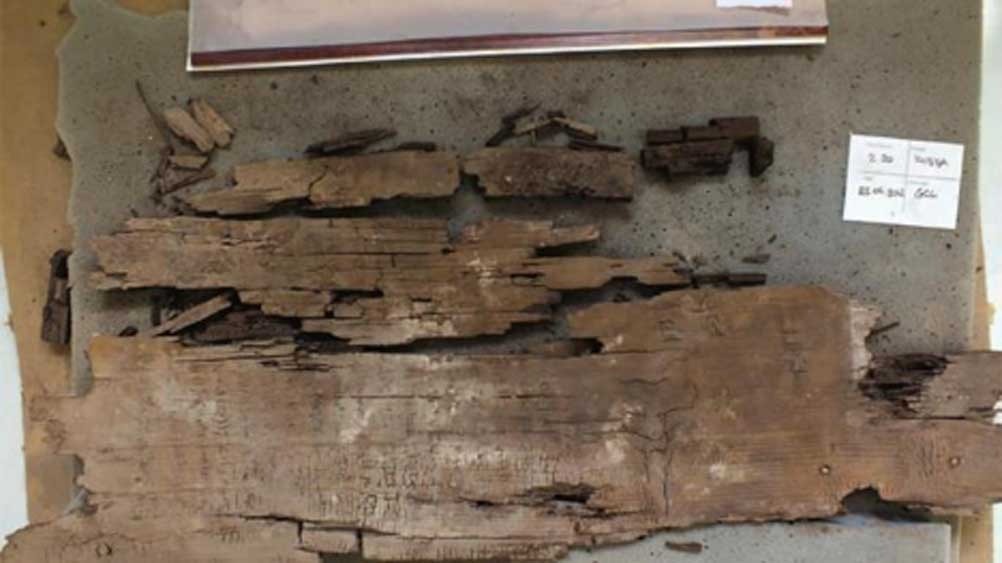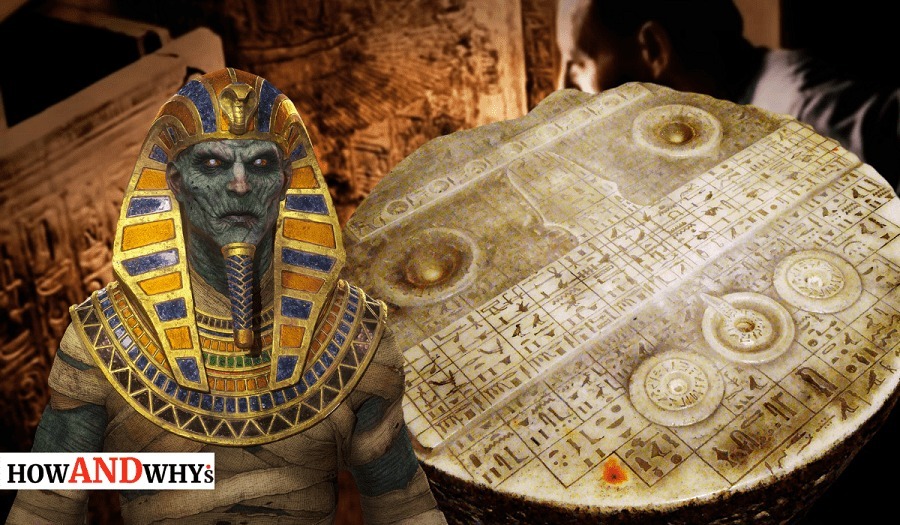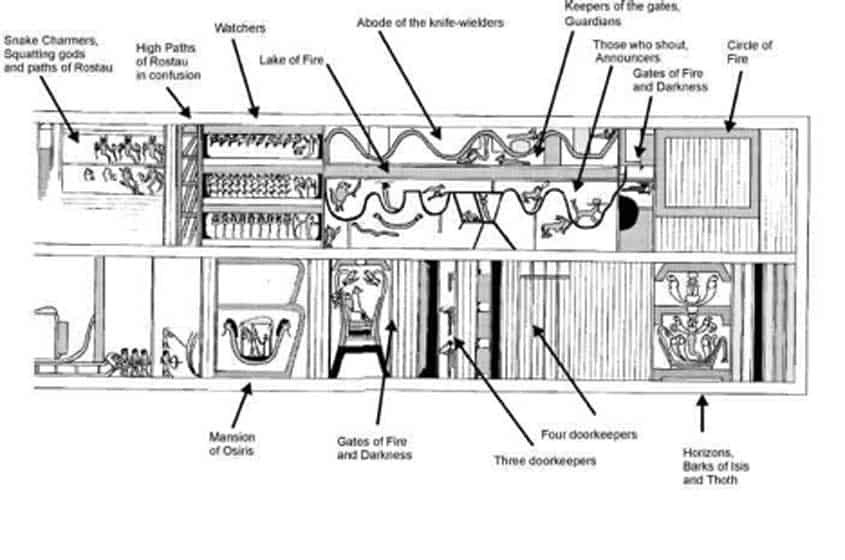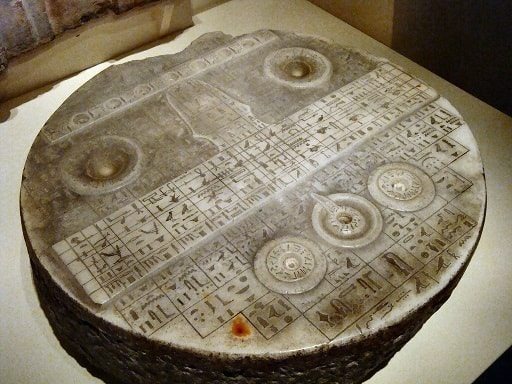It is a common belief in ancient cultures that there is life after death, where a soul travels to the underworld. A number of mythologies incorporate the concept of the soul of the deceased making its own journey to the underworld, with the dead needing to be taken across a defining obstacle such as a lake or a river to reach this destination. A very similar concept of the afterlife can be found in ancient Egypt, where archeologists claimed to have found the oldest map of the underworld.
In 2012, archaeologists discovered a coffin, inscribed with the text from “The Book of Two Ways,” an illustrated guide to the afterlife. This enigmatic discovery happened after opening a burial shaft in the Middle Egyptian necropolis of Dayr al-Barsha.
A 2019 study published in “The Journal of Egyptian Archaeology” suggests that the coffin belonged to a lady called Ankh from the early Middle Kingdom. It contained parts of the earliest now known version of “The Book of Two Ways,” dating back at least 4,000 years.

Ancient Origin writes: “This dating has been associated with the tomb because it contains inscriptions mentioning Djehutinakht I from around the 21st to 20th century BC. However, it was previously incorrectly believed that the coffin must therefore contain the body of Djehutinakht I, but this latest study suggests the coffin was inhabited by the body of an elite female called Ankh.”

“The Book of Two Ways” refers to the two routes a soul can take in navigating the afterlife in the Egyptian underworld if it wants to enter the realm of Osiris, a god of the underworld. It is also part of a much larger body of ancient Egyptian mythology, known as “The Coffin Texts,” and it is referred to as “a clear precursor to later Netherworld books such as the ‘Amduat’ and the ‘Book of Gates.’”
All of these books are part of a much more famous text, “The Book of the Dead,” which has been described by National Geographic as the full collection of mortuary texts which consists of spells that deal with the afterlife. More precisely, “The Book of the Dead” contains “1,185 spells and incantations,” which are what can best be dubbed everything a person needed to successfully find his or her way in the next life.
“The Book of Two Ways” goes into great detail about how one could manage to find the elusive Osiris in the underworld:
“Two zig-zagging paths crossing a dangerous landscape where demonic entities challenge ones progression to ‘Rostau’ – the realm of Osiris – a dark place surrounded with fire and located at the ‘boundary of the sky.’ It was believed that any person who looked upon the dead body of Osiris would never completely die and if one reached the Field of Offerings, after a feast with Osiris their desires would be satisfied.”
The problem is that the paths can be treacherous and some lead nowhere, leaving a soul searching for respite frustrated and no closer to final rest than before. The paths are also separated by the Lake of Fire, which has the power to either destroy or revive the soul. Along the way, the deceased traveler must also “overcome the Sun’s ‘fiery court’ with endless guardians and demons blocking the way with high walls of stone and fire.” Clearly, the Egyptian underworld was no place for the fainthearted.

In a sense, “The Book of Two Ways” is a map for the soul. But while it may seem to a modern person to be a map, it was not used as one in the conventional sense of that word.
Instead, the ancient Egyptians wanted to provide what can best be called a “psychological map of the soul.”
Ancient Origins writes: “At the time of its creation, about 4,000 years ago, nobody had yet attempted to map the netherworld and scholars maintain the later texts all divide the afterlife into hours or caves and include landmarks and events.”

In a way, “The Book of Two Ways” was meant as a form of solace and guidance for those who might be facing death. Reading it, they could have a fuller understanding of what awaited them after they passed from this world to the next. Whether it was accurate or not is not of particular importance. Like any story, we tell ourselves about what happens after we shuffle off this mortal coil, our ideas of an afterlife are mainly meant to ease our transition from this realm to whatever may await. “The Book of Two Ways” is in keeping with other texts that have existed for centuries.
Gods Involved in the Afterlife
There were various beliefs about what happens after death, but the majority believed that the dead would become Osiris. Thus, Egyptians made “Shabtis” – small figures of Osiris and buried them with the dead. If the dead needed to do some work in the afterlife, the shabti could do it for them.
Another god involved in some other realm was Ra. He was believed to be the creator of the Universe and the source of life in the afterlife. He would pass through the underworld every evening, bringing light to the realm, just like the sun.
Even though before 2000 B.C., only pharaohs were believed to be connected with Osiris and gaining afterlife, normal people were also mummified to resurrect and enter the afterlife after that.
Leave a Reply